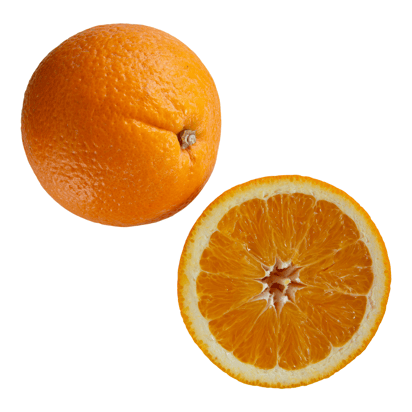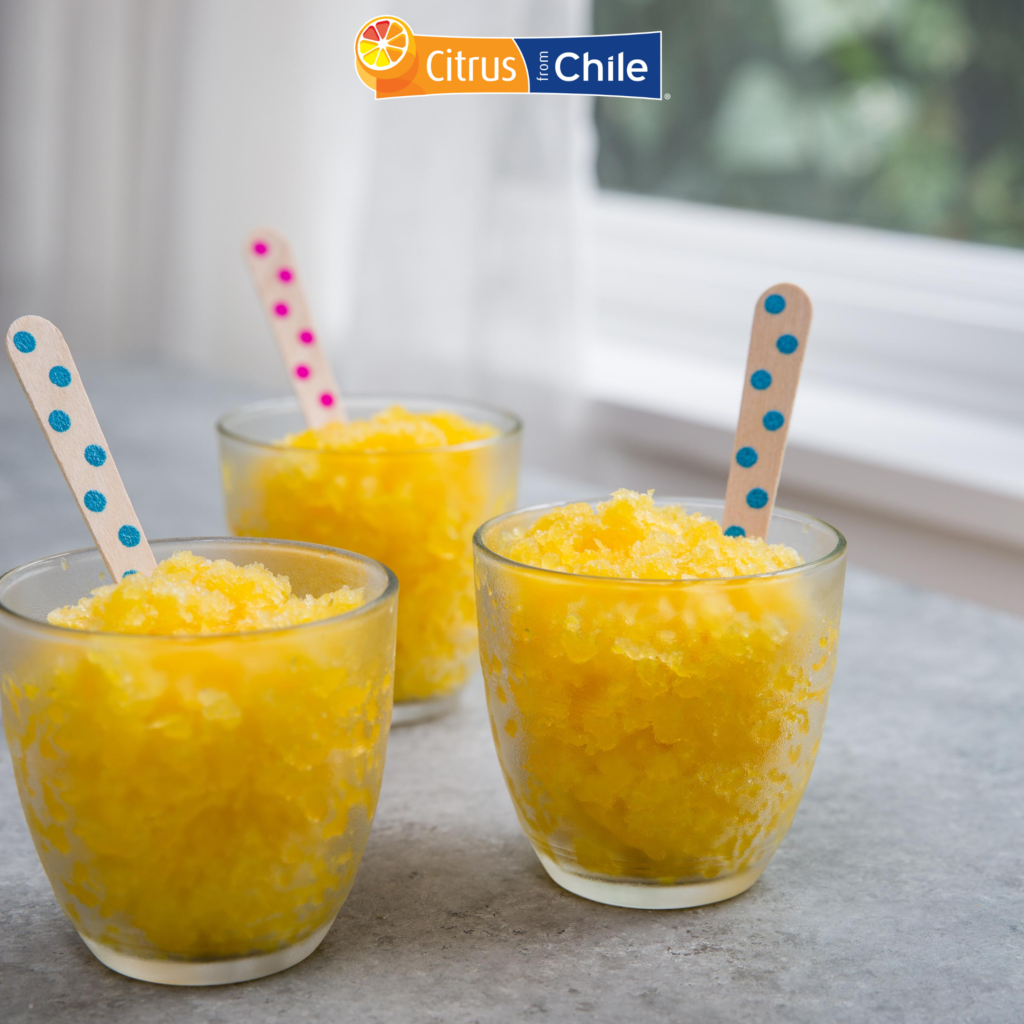Oranges: Important Facts, Health Benefits, and Recipes
Oranges are a sweet and juicy citrus fruit packed with vitamin C, known for their potential health benefits, such as boosting immunity.

Best Oranges Recipes
-

-

-

-

-
:max_bytes(150000):strip_icc()/__opt__aboutcom__coeus__resources__content_migration__simply_recipes__uploads__2004__10__orange-cornmeal-cake-horiz-a2-1800-51488fa514684013ae974a3d12b500d6.jpg)
-
:max_bytes(150000):strip_icc()/__opt__aboutcom__coeus__resources__content_migration__serious_eats__seriouseats.com__recipes__images__2012__01__011112-187247-diyvsbuy-orangebitters-efadb2f5a7814e58984c15bdf0f014ef.jpg)
-
:max_bytes(150000):strip_icc()/__opt__aboutcom__coeus__resources__content_migration__serious_eats__seriouseats.com__recipes__images__2012__02__20120202-six-ways-to-spike-your-hot-cocoa-02-ccc51f94a3ea45d5ae577692dd8700a0.jpg)
-

-
![Orange Atole (Hot Mexican Corn Drink With Orange Zest) Recipe Image]()
-
![Glogg (Spiced Wine) Image]()
-
![Moroccan Orange Dessert Recipe Image]()
-
![Malabi (Milk Custard with Orange Brandy Sauce) Image]()
-
![Sesame Chicken Fingers with Spicy Orange Dipping Sauce Recipe Image]()
-
![Sesame Seed Candy (Simsemieh) Image]()
-
![Orange Sweet Potato Juice Recipe Image]()
-
![Orange Blossom Cheesecake Recipe Image]()
-
![Ganga Jamuna Juice Image]()
-
![orange squash Image]()
-
![Homemade Orange Marmalade Recipe Image]()
-
![Orange Marmalade With Fresh Ginger Recipe Image]()
-
![Orange, Grapefruit, and Lemon Marmalade Recipe Image]()
-
![Citrus Salad With XO Sauce and Meyer Lemon Dressing Recipe Image]()
-
![Winter Greens Salad With Fennel, Citrus, and Creamy Citrus Vinaigrette Recipe Image]()
-
![Traditional Greek Orange Spoon Sweet Recipe Image]()


:max_bytes(150000):strip_icc()/__opt__aboutcom__coeus__resources__content_migration__serious_eats__seriouseats.com__recipes__images__2015__02__20150202-mexican-atoles-drinks-vicky-wasik-29-c924d77304394027a1ca6b228879dcb4.jpg)

/__opt__aboutcom__coeus__resources__content_migration__simply_recipes__uploads__2011__02__moroccan-orange-dessert-horiz-a-1200-0f63a8d329884773b5084e65d87d15b7.jpg)

:max_bytes(150000):strip_icc()/__opt__aboutcom__coeus__resources__content_migration__simply_recipes__uploads__2014__09__sesame-chicken-fingers-640-dm-a9f7ba52012744a49a706f86688b479a.jpg)

:max_bytes(150000):strip_icc()/__opt__aboutcom__coeus__resources__content_migration__serious_eats__seriouseats.com__recipes__images__2013__12__20131216-277079-orange-sweet-potato-juice-428ed558d36c41178f6c44abdef4530b.jpg)
:max_bytes(150000):strip_icc()/__opt__aboutcom__coeus__resources__content_migration__serious_eats__seriouseats.com__recipes__images__2011__08__20110829-127677-LTE-OrangeCheesecake-PRIMARY-2b8096c7671940d29248c0830ceb20c5.jpg)


:max_bytes(150000):strip_icc()/orange-marmalade-recipe-2215976-hero-aac5091185e74674b5d49f334d30171a.jpg)
/Orangemarmalade-GettyImages-86083705-59b7308303f4020010df4218.jpg)
/Triplecitrusmarmalade-GettyImages-135577618-59932d6bd088c00013cbac2a.jpg)
:max_bytes(150000):strip_icc()/__opt__aboutcom__coeus__resources__content_migration__serious_eats__seriouseats.com__2019__04__20190411-citrus-salad-xo-sauce-vicky-wasik-3-7af4c88dcf594952bed8417190067e5d.jpg)
:max_bytes(150000):strip_icc()/__opt__aboutcom__coeus__resources__content_migration__serious_eats__seriouseats.com__recipes__images__2015__11__20151110-winter-greens-citrus-salad-kenji-4-1680ba34b4d744db819323fe4d383cdc.jpg)
:max_bytes(150000):strip_icc()/oranges-591368d25f9b5864706f1859.jpg)